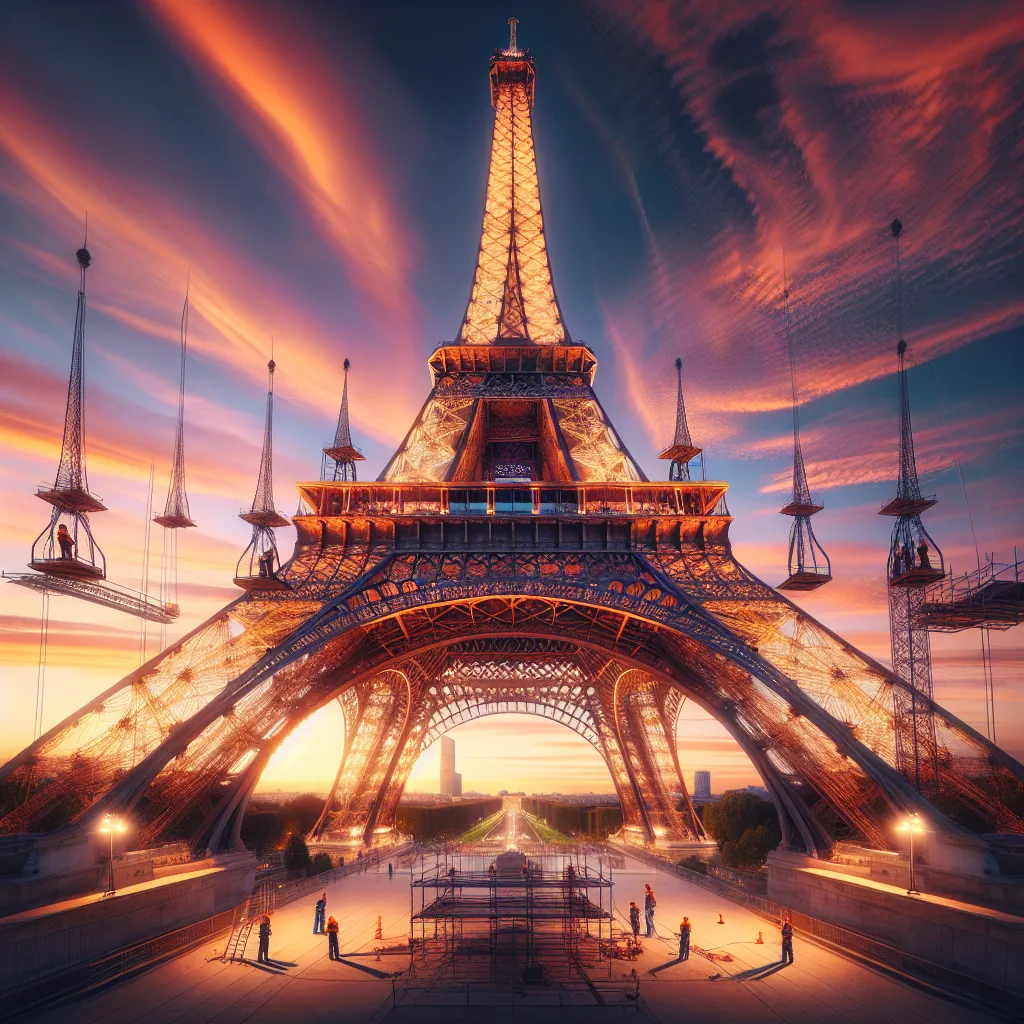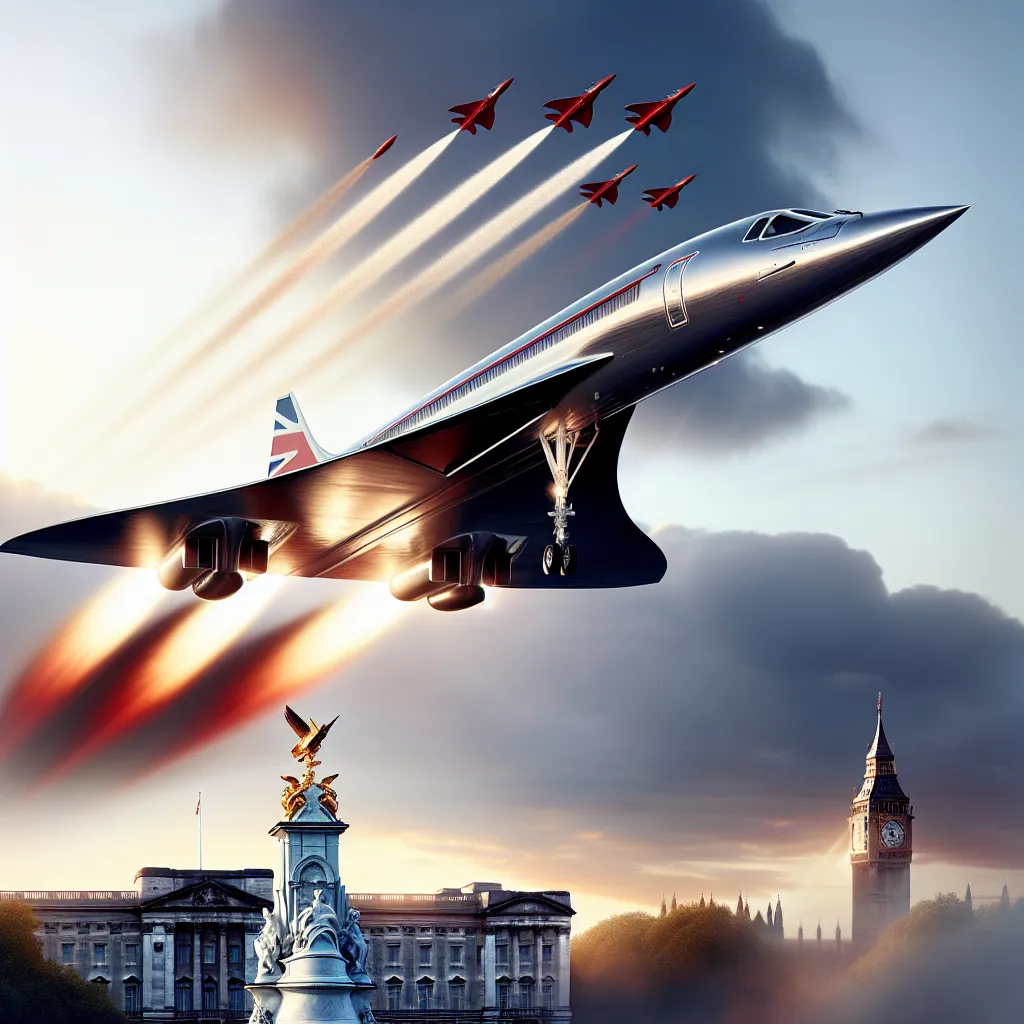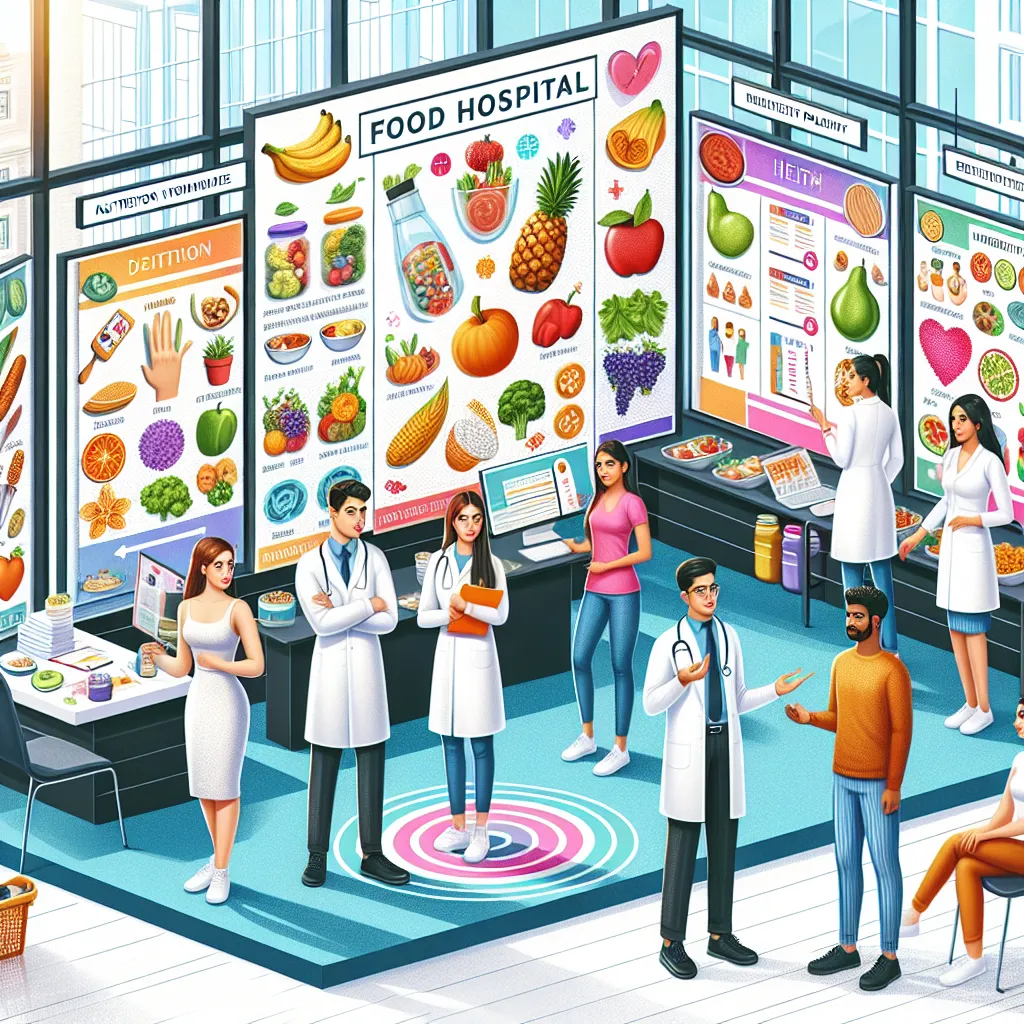The Eiffel Tower stands as Europe’s most recognizable landmark, a testament to 19th-century engineering brilliance. It’s the world’s most visited pay-to-enter monument, attracting millions each year. When completed, it was double the height of any structure on Earth and held the title of the world’s tallest building for forty years. Surprisingly, this iconic structure was originally intended to be temporary and nearly faced demolition in its early years.
Situated in the heart of Paris, the Eiffel Tower has been a prominent feature of the city since 1889, the centenary of the French Revolution. That same year, Paris hosted the World Fair, a grand event showcasing global advancements in science and technology. To mark this event, the French government commissioned an engineering marvel—and got exactly that in the form of the Eiffel Tower. It was a futuristic structure, well ahead of its time.
Since its construction, the tower has been repainted every seven years, a mammoth task now in its 18th cycle. The current campaign involves workers stationed almost 1,000 feet above the ground, covering approximately 240,000 square yards of metal. They will use about 60 tons of paint and thousands of overalls and brushes. Over the years, this “Iron Lady” has donned six different colors, currently dressed in a shade known as Eiffel Bronze since 1968.
The tower was the brainchild of Gustave Eiffel, a visionary engineer known for his expertise in constructing iron railway bridges. Eiffel’s meticulous plans, consisting of 5,000 blueprints, paved the way for the tower’s rapid assembly from 18,000 metal parts and 2.5 million rivets. Remarkably, the entire structure was erected by just 100 iron workers in two years, two months, and five days, without any fatalities—a feat almost unimaginable today.
The Eiffel Tower’s design is an aerodynamic masterpiece, sculpted by the wind. Its iron framework weighs only 7,300 tons and barely sways even in the strongest gusts. If you encased the tower in a cylinder, the air inside would weigh more than the tower itself. This unique construction, which integrates space and iron so seamlessly, has ensured the Eiffel Tower remains a permanent fixture in Paris.
Gustave Eiffel initially faced a significant financial burden due to the tower’s construction. However, he cleverly added hydraulic elevators—a ground-breaking technology at the time—which attracted crowds eager for the thrilling ascent. In 1889 alone, two million visitors made the climb, clearing Eiffel’s debts within two years.
Today, the Eiffel Tower continues to captivate, standing tall above Paris with breathtaking views. More than six million people ascend the tower annually, with its original 19th-century hydraulic elevators still in operation, maintained by a dedicated team of engineers. These elevators are a marvel of old-meets-new technology, with modern computers controlling their functions while the traditional components still rely on age-old methods like lubrication with goose fat.
At night, floodlights illuminate the tower, creating an enchanting glow that adds to its majesty. The Eiffel Tower was a pioneering leap in architectural design, laying the groundwork for modern skyscrapers. Guarding Paris for over a century, it remains a symbol of innovative spirit and a beacon of iron and technology.






